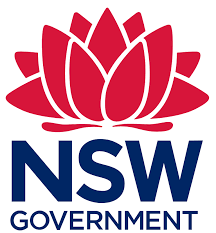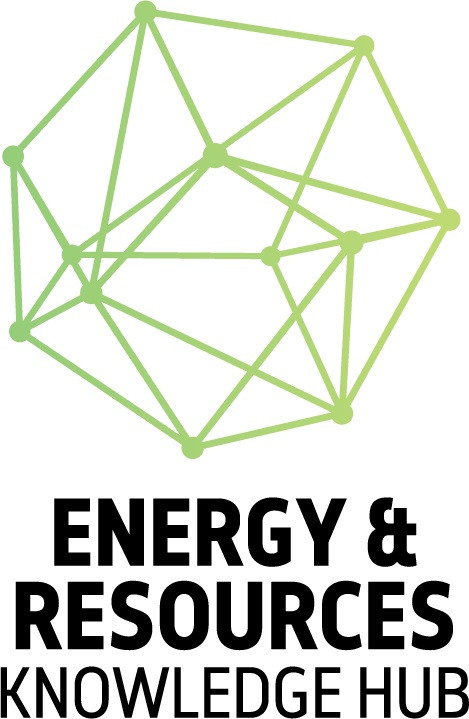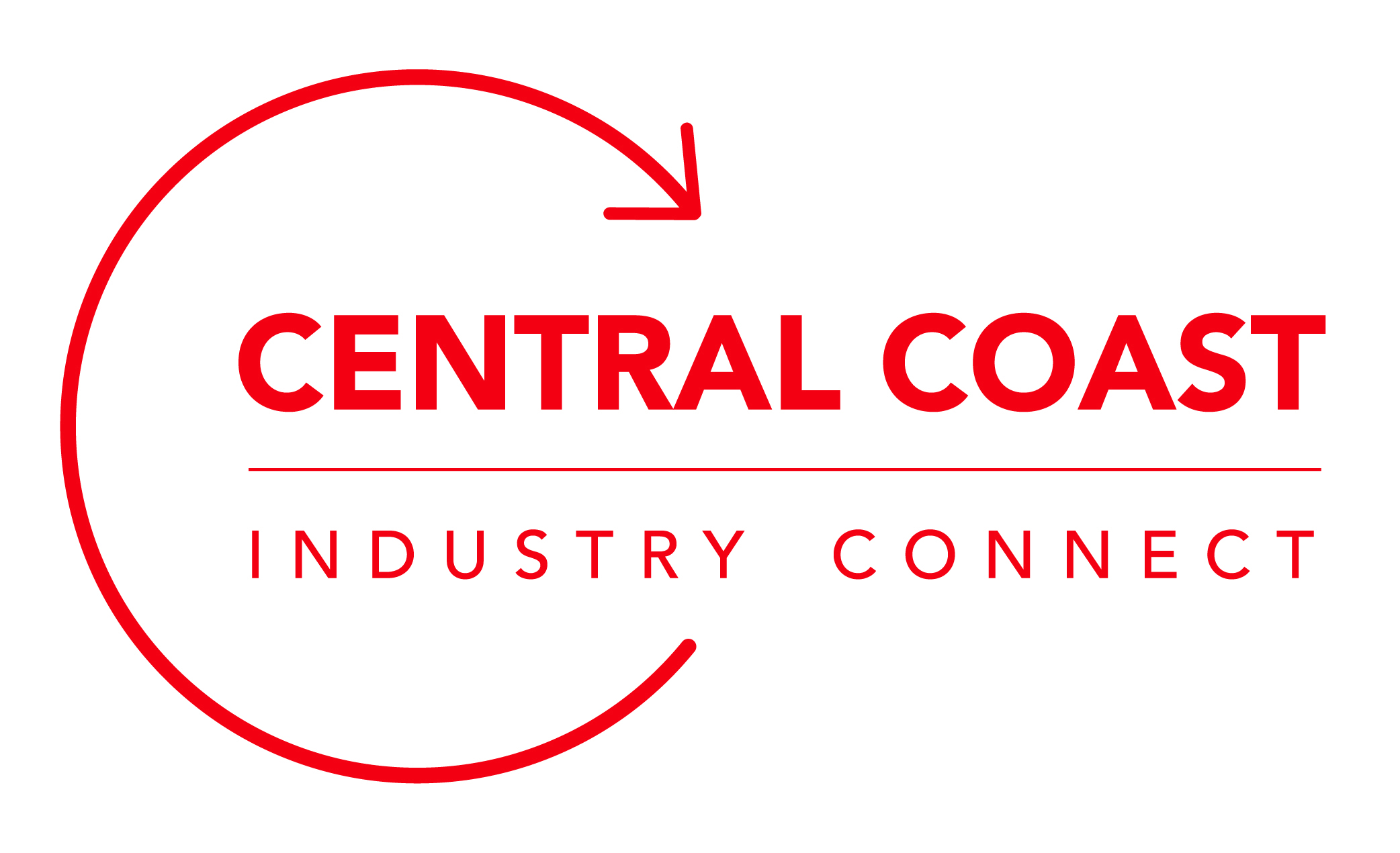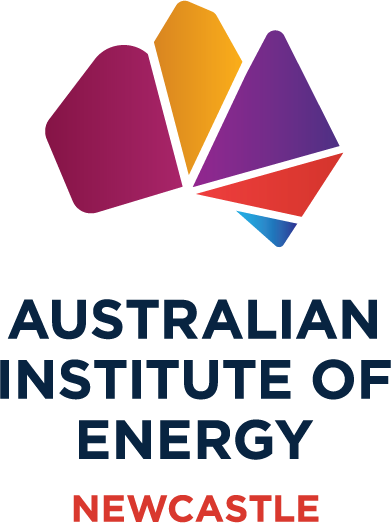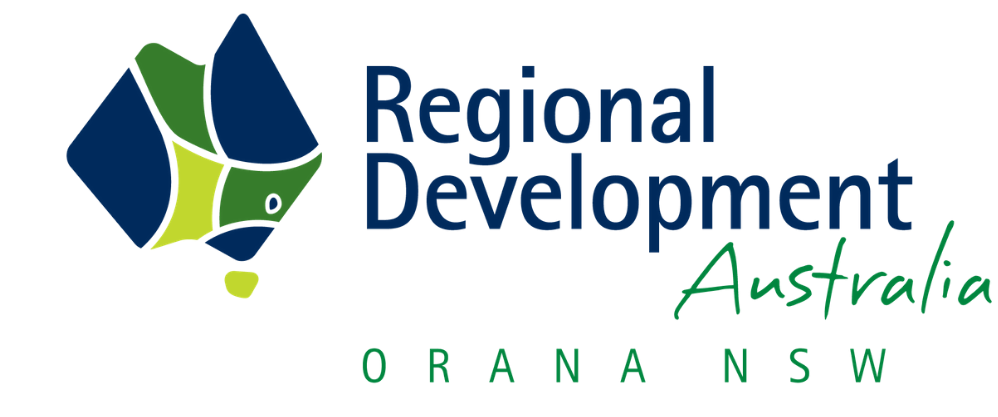Net Zero Australia research: 'Hydrogen can replace our fossil fuel exports'
Report findings also project decarbonisation will provide up to 700,000 direct jobs, mainly in regional and rural Australia

Australia will need to triple the National Electricity Market’s power capacity by 2030 to be on track for net zero by 2050 – requiring a rapid rollout of wind and solar power, transmission, storage, electric vehicles, and heat pumps as we replace our coal fleet, new research shows.
This is a key finding of the Net Zero Australia project, which last night released final modelling results of pathways to net zero.
Net Zero Australia is a partnership of the University of Melbourne, the University of Queensland, Princeton University’s Andlinger Center for Energy and Environment, and Nous Group. The independent research is supported by gifts and grants from various sponsors and has received input from a diverse Advisory Group.
Chair of the Net Zero Australia Steering Committee and University of Melbourne Honorary Emeritus Professor Robin Batterham said Net Zero Australia has set a new benchmark in analysing what it would take for Australia to decarbonise its economy and exports.
“Our results are unprecedented in their detail, rigour and transparency,” Professor Batterham said.
“Our aim is to inform the national debate with better evidence about the diverse preferences of the Australian community."
Director of the Melbourne Energy Institute University of Melbourne Professor Michael Brear said the modelling shows Australia will need all viable options to transform its energy system at an unprecedented pace and scale.
“Renewables and electrification, supported by a major expansion of transmission lines and storage, are keys to net zero,” Professor Brear said.
“But we will need an all technology, hands on deck approach. That includes a large increase in permanent carbon storage, deep underground and in vegetation, and a doubling of gas-fired power capacity to support renewables and energy storage."
Associate Professor Simon Smart, Associate Professor in Chemical Engineering at the University of Queensland, said that Australia has a global responsibility and economic incentive to transition coal and liquefied natural gas (LNG) exports to clean commodities.
“Hydrogen made from solar, wind and desalinated water can replace our fossil fuel exports. We can also export large volumes of clean hydrogen with large scale implementation of Carbon Capture and Storage,” Associate Professor Smart said.
“Exporting green metals, particularly iron and steel made in Australia using clean hydrogen, has much lower abatement and infrastructure costs than for exporting clean hydrogen.
“Northern Australia (WA, Queensland, and NT) is particularly prospective for exports, but inland NSW and SA and offshore Victoria and Tasmania can also play major roles.
“Our modelling also suggests that new gas fields may be needed to fulfil export demand for clean hydrogen, particularly if the growth in renewable construction rates hits limits.”
Katherin Domansky, independent Steering Committee member, said that net zero would bring major changes in employment and land use which create large opportunities and challenges.
“Renewable energy has great advantages in providing a sustainable source of energy to Australia and the world,” Ms Domansky said.
“Decarbonisation will provide up to 700,000 direct jobs, mainly in regional and rural Australia."
The final modelling from the study includes a detailed breakdown of possible scenarios and sensitivities, sector by sector, and comprehensive mapping of the transition to net zero emissions.




